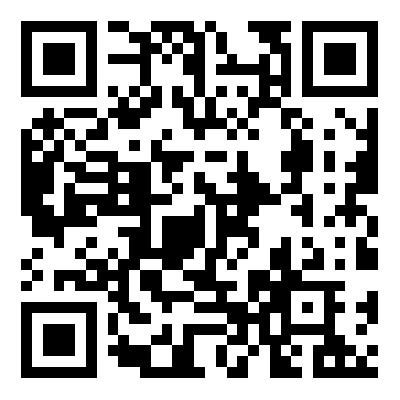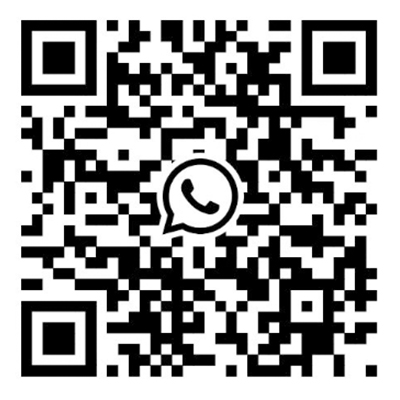Definition of specialized gauges: Tools specially designed by industrial production companies to control various mechanical dimensions of products. Suitable for mass-produced products such as automotive parts, replacing professional measuring instruments such as calipers, plug gauges, and position gauges.
The specific steps of fixtures in the vehicle development process:
1. Development kickoff meeting
Within one week after the release of product TG0 data, the inspection engineer (FDE) should organize a new product development kickoff meeting with the dimensional engineer (DE), product engineer (PE), quality control engineer (SQE), body center (QE) quality engineer, and supplier. During the meeting, the overall development progress, review requirements, quality tracking, and other related requirements should be defined; Within one week after the development kickoff meeting, the supplier should submit a fixture development schedule to FDE.
2. Fixture and fixture design and design review
After the release of product TG2 data, the dimensional engineer (DE) completes the GD&T drawings and provides them to the fixture engineer (FDE); Product engineer (PE) provides product 3D data and 2D drawings to fixture engineer (FDE); Fixture Engineer (FDE) releases GD&T drawings, product 3D data, and product 2D drawings to suppliers; Suppliers should design and develop fixtures based on SOR requirements, GD&T drawings, product 3D data, and product 2D drawings; The supplier provides a fixture plan, and the fixture engineer (FDE) organizes dimensional engineers (DE), product engineers (PE), quality department engineers (SQE), and vehicle center quality engineers (QE) to conduct fixture design reviews; Suppliers should design fixtures based on the reviewed fixture plan, with design outputs including digital simulation of the entire fixture process, two-dimensional diagrams of the entire process, and two-dimensional diagrams of each component, as well as fixture design table a; The Gauge Engineer (FDE) organizes the Dimensional Engineer (DE), Product Engineer (PE), Quality Department Engineer (SQE), and Body Center Quality Engineer (QE) to review the supplier's gauge design data. After the review is approved, the gauge drawings are co signed and a gauge form is signed.
3. Fixture manufacturing and manufacturing review
Suppliers should produce inspection tools based on inspection and co signed drawings; After the fixture production is completed, the supplier should complete the three coordinate measurement of the fixture; After the supplier completes the manufacturing and measurement of inspection tools, they should submit Inspection Tool Manufacturing Form B for manufacturing review; The Gauge Engineer (FDE) organizes the Body Center Dimensional Engineer (DE), Product Engineer (PE), Quality Department Engineer (SQE), and 5.2.3.5 Quality Engineer (QE) to conduct a manufacturing audit of the gauge. After the audit is approved, the signing of Form B is completed.
4. Check tool reception
For example, SOR stipulates that suppliers should provide hydraulic fixtures to the host factory for incoming inspection. During use, the supplier should produce two sets of inspection tools, one set to be kept by the supplier and the other set to be provided to SQE; When suppliers provide inspection tools to the host factory, they should include the digital simulation of the inspection tools, a complete set of drawings, CMM inspection reports of the inspection tools, inspection tool specifications, and A/B forms of the inspection tools; The procurement center SQE is responsible for receiving inspection tools and assistance documents for purchased parts from the factory, and for retesting the supplier's inspection tools. The measurement benchmark is consistent with the CMM measurement benchmark of the inspection tool supplier; The body center QE is responsible for receiving inspection tools and assistance documents for factory made parts, and is responsible for retesting the supplier's inspection tools. The measurement benchmark is consistent with the CMM measurement benchmark of the inspection tool supplier.
5. Replacement of inspection fixtures
If the fixture needs to be replaced due to product design changes, it should be re implemented according to the fixture development process.
Testing fixtures are indispensable in the development of vehicle components. The inspection tool is a standard for checking whether the components are qualified and is the key to ensuring the quality of the entire vehicle.





